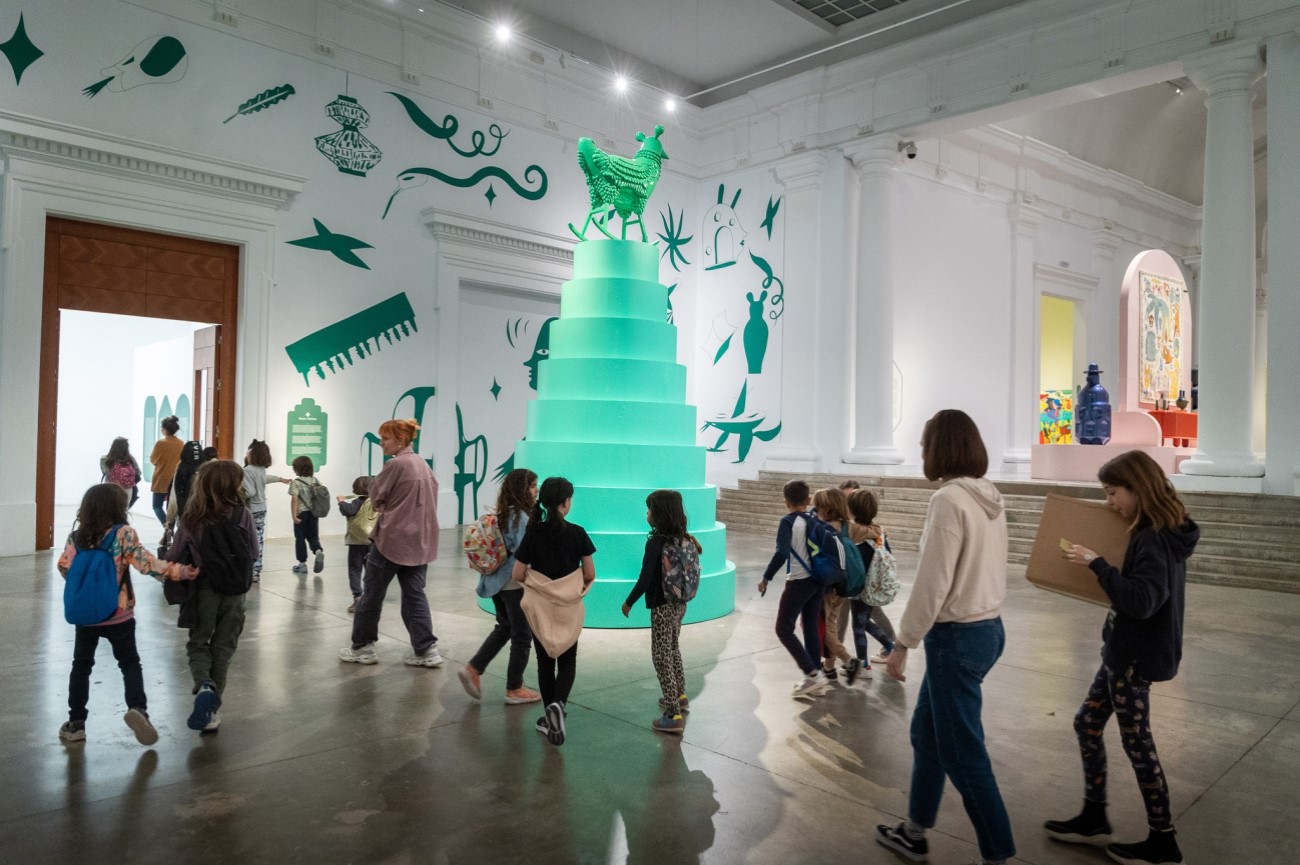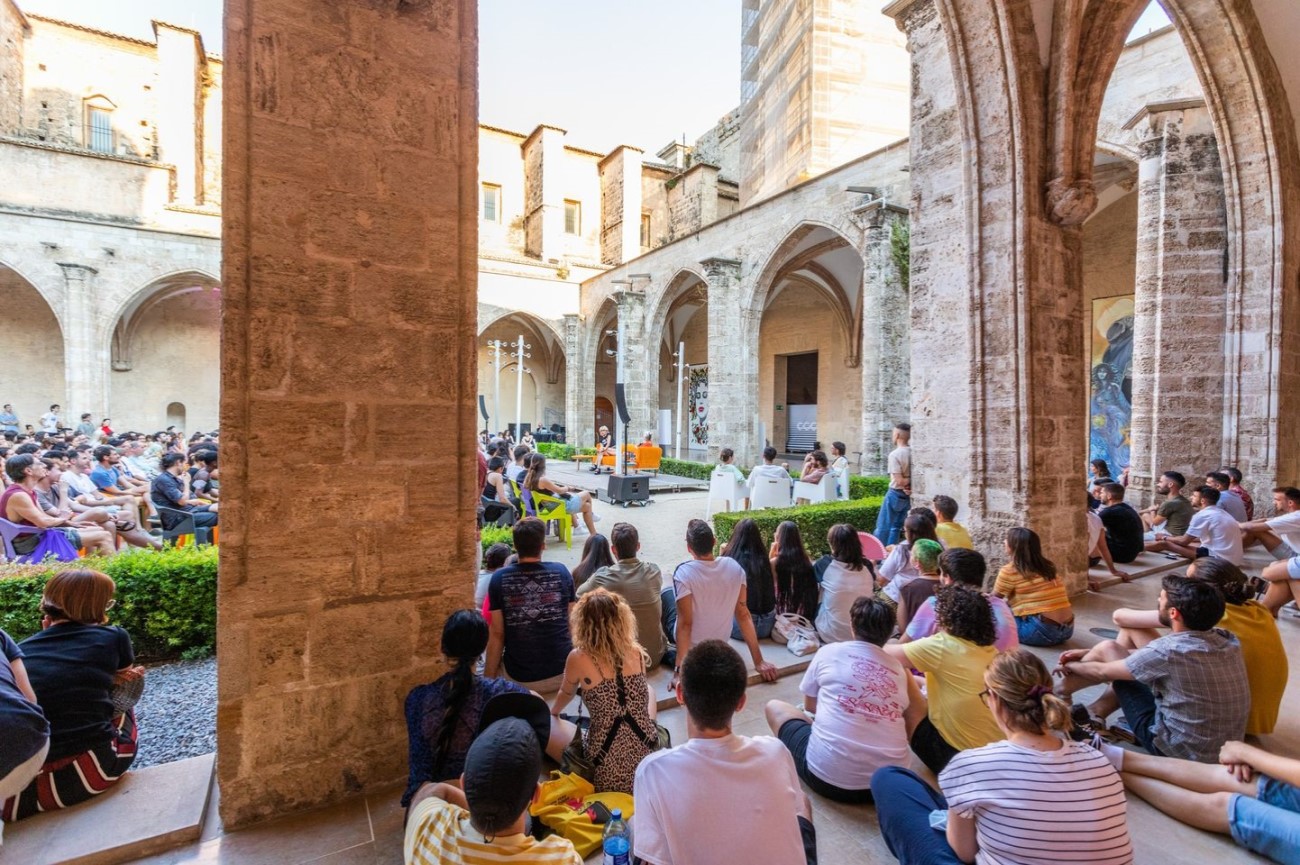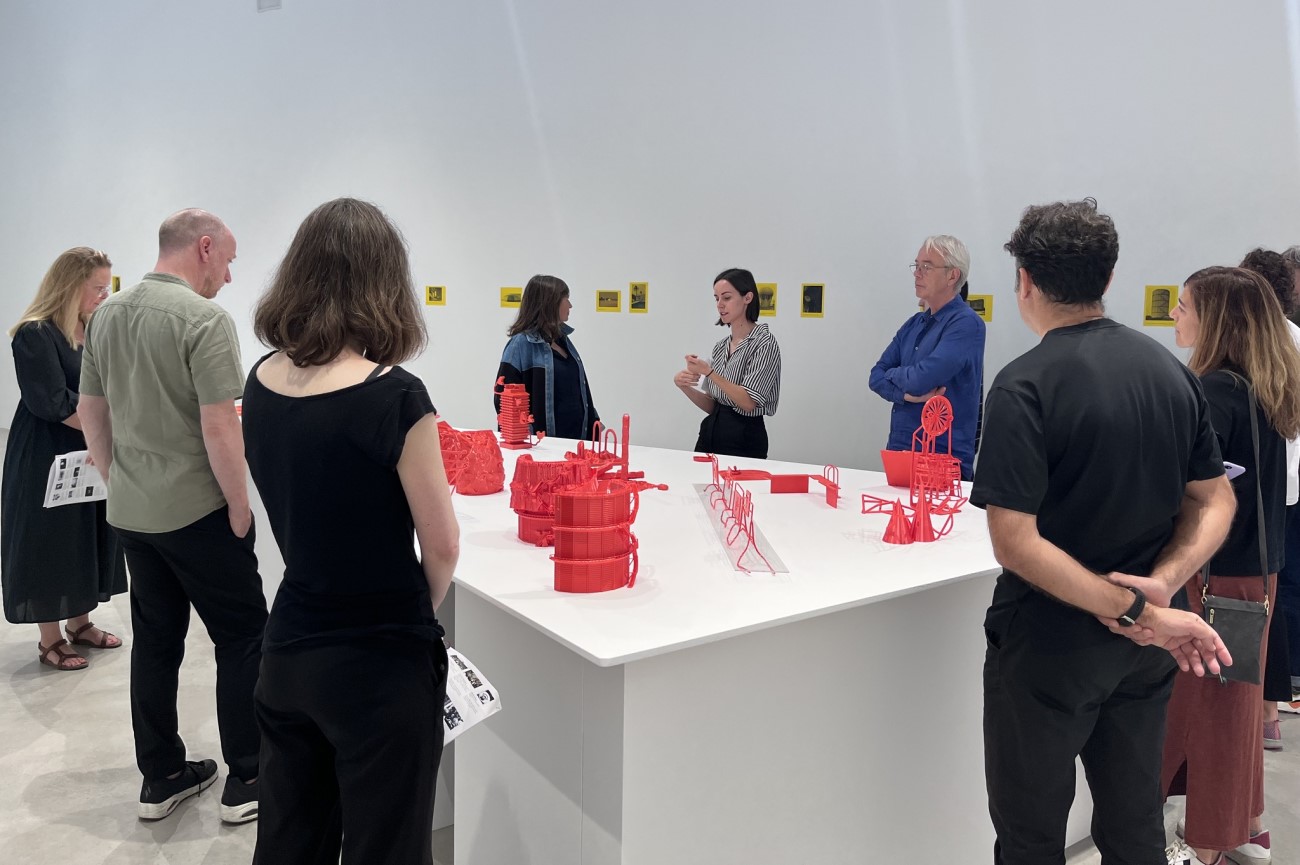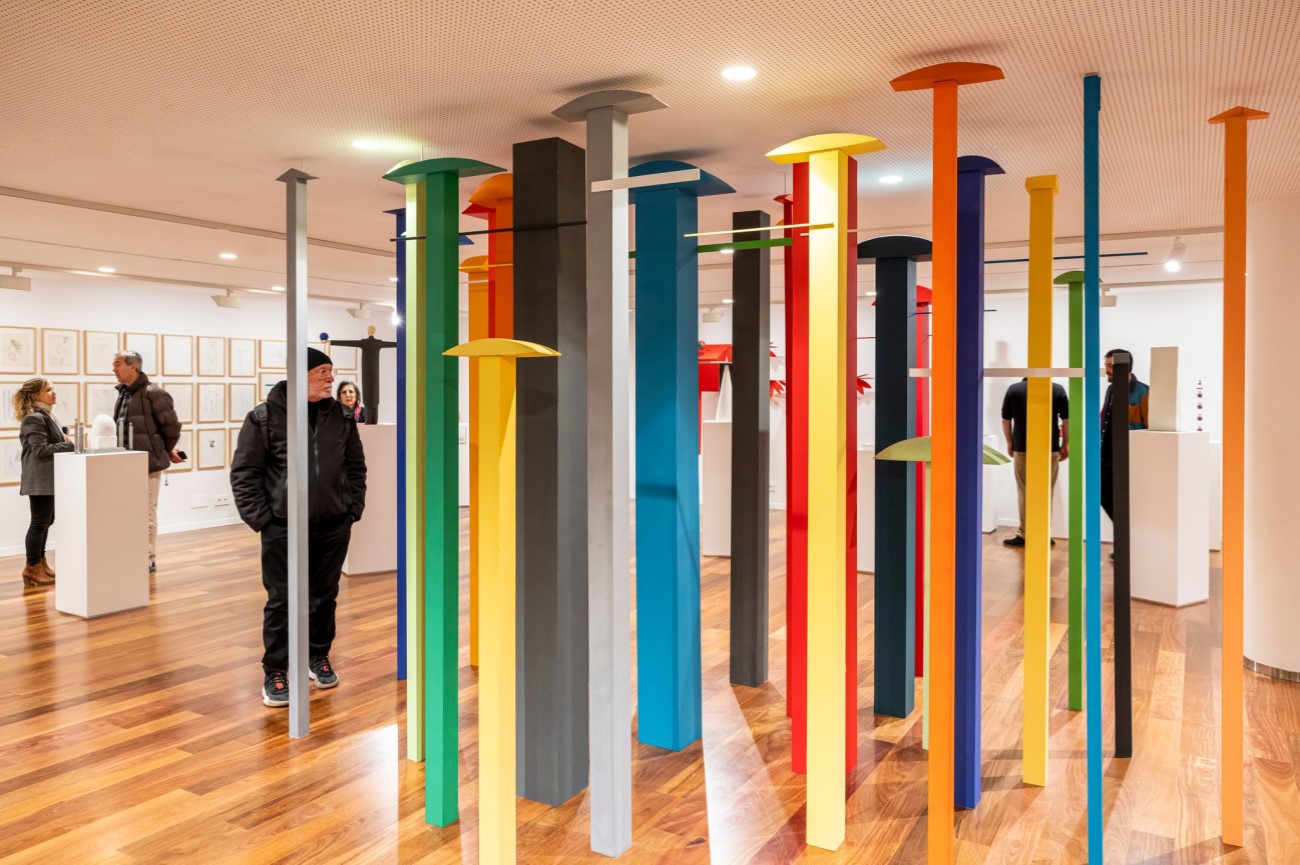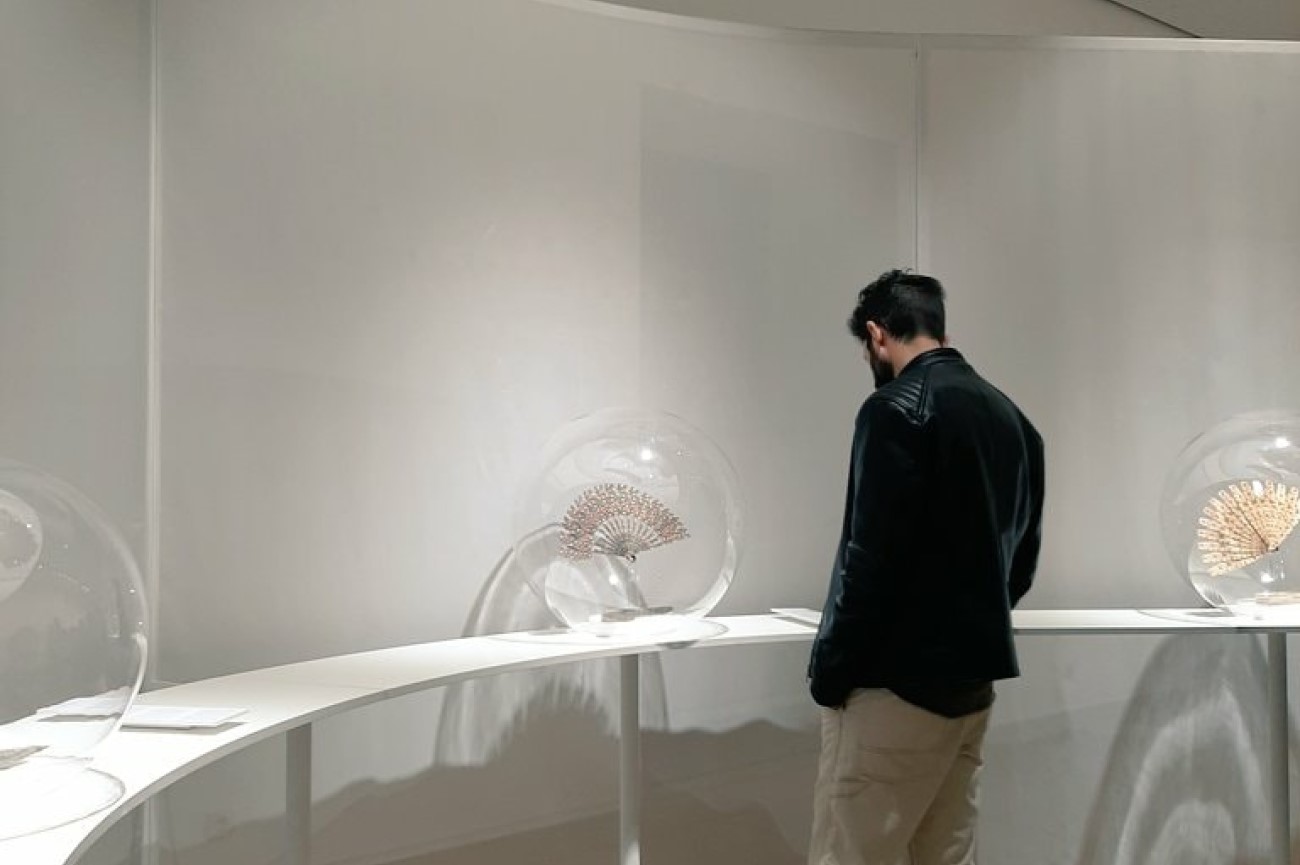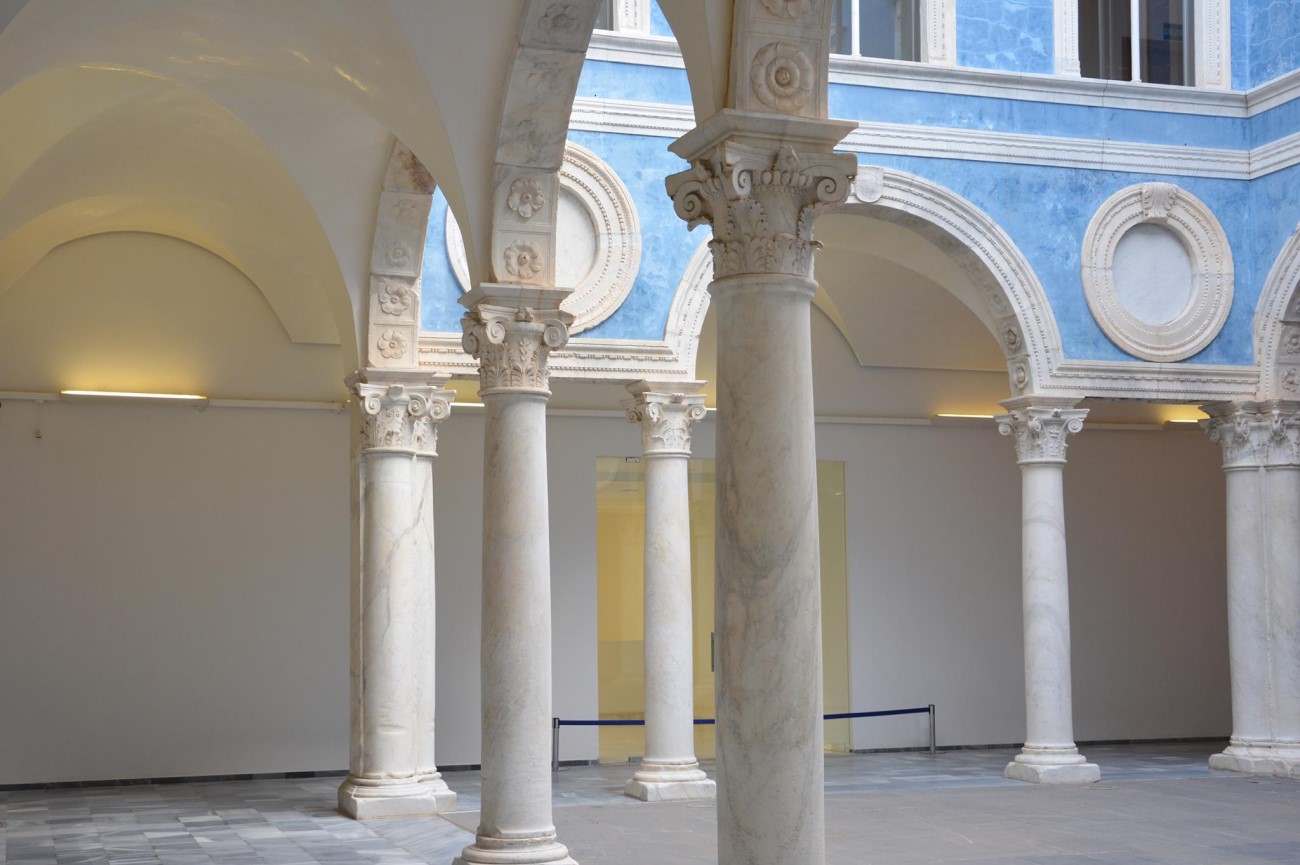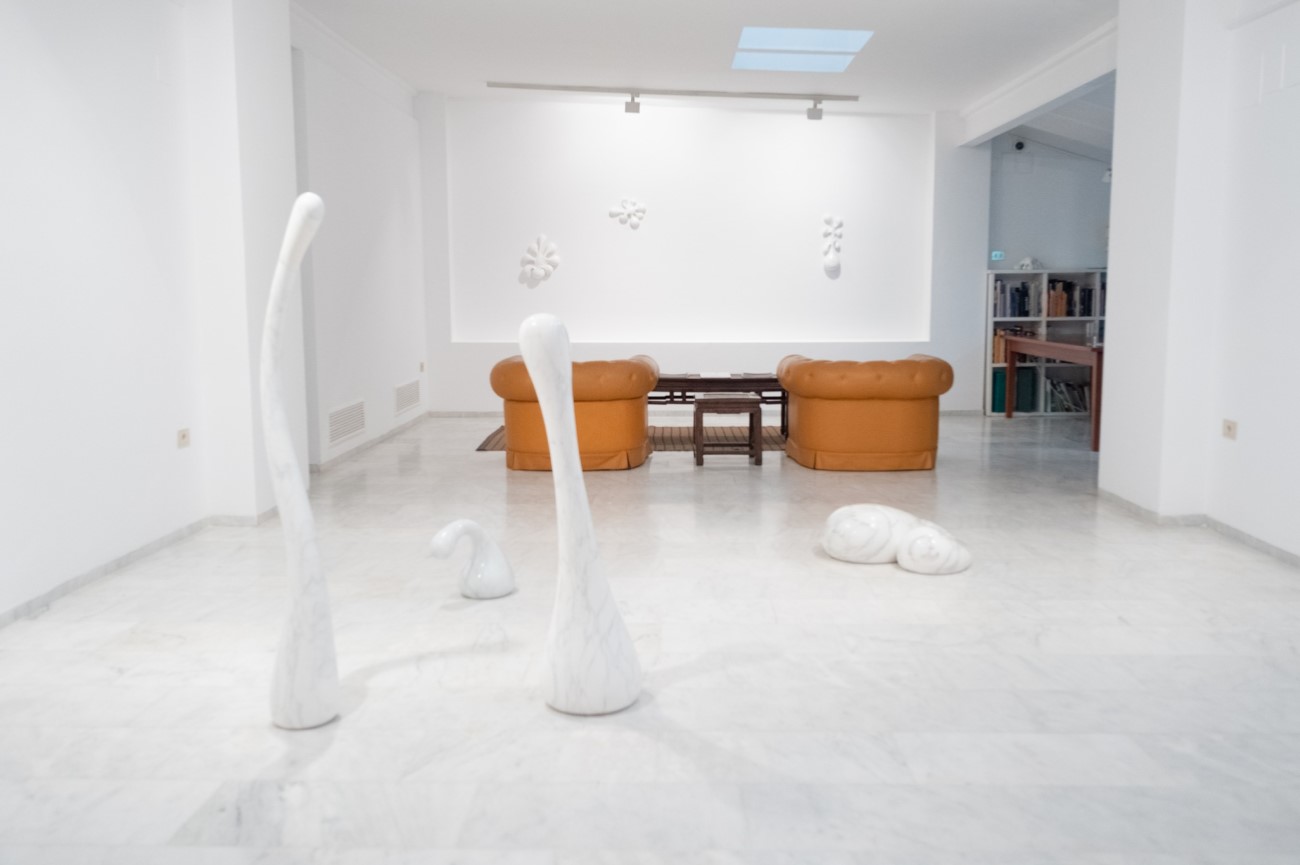Art Galleries in Valencia

From baroque to Bauhaus, Valencia has much to offer the art lover.
Art in Valencia is having a moment. All throughout 2022, the city was the designated World Design Capital, bringing in thousands of new visitors to the city to discover its local makers and designers and revamped arts and culture venues.
From modern to classic art, design and multimedia, art galleries in Valencia have much to offer to the most discerning culture vulture.
If you just feel like meandering, you’ll see plenty in the central Carme district of Valencia, particularly the streets that span out from the art nouveau-style Mercado Central. Here you will find owner-run artisan and art galleries wedged between gourmet food and bric-a-brac shops.
For major galleries and museums in Valencia, these are the must-visits.
Centre del Carme Cultura Contemporánea (CCCC), Calle del Museu, 2-4, 46003
This ancient convent has served as an arts and cultural institution in Valencia since 2017. Its program represents the creative, left-field spirit of the inner-city Carme neighbourhood – an atmospheric place where historic facades mingle with striking street art and students laze about in terrace cafés on picturesque squares. Ranging from design to modern art, installation and everything in between, the shows are hosted in vast halls that were once chapels and refectories, with outdoor events and talks held in two beautiful cloisters landscaped with trees and plants.
Bomba Gens, Av. de Burjassot, 54 - 56, 46009
Bomba Gens was originally a pump factory – an art-deco-style landmark in what is otherwise a fairly normal residential neighbourhood. In 2014, the building was acquired by a private art foundation with the intention of creating a dynamic contemporary arts space. With the help of Vicente Todoli, a Valencian who was once the director of the Tate Modern in London, and the local architect Ramón Esteve, they have achieved this admirably.
Exhibitions, which span the full gamut of contemporary media from both Spanish and international artists, are held in the original warehouses – soaring spaces with exposed rafters that lend them a chic industrial feel. Also on-site are a smart restaurant, a small, shaded garden and the subterranean remains of the 15th farmhouse, which were discovered during the restoration process.
City of Arts and Sciences, Av. del Professor López Piñero, 7, 46013
This mammoth complex by the Túria River is a must-see when viewing art in Valencia. Completed in 2009 and designed by the internationally renowned Valencian-born, architect Santiago Calatrava, the project was intended to put Valencia on the international cultural map, much like the Guggenheim Museum did for the northern Spanish city of Bilbao.
Consisting of several landmark art and cultural venues and an aquarium, the project was heavily criticised for being simply too costly and too ambitious. But Calatrava’s bone-white, futuristic designs changed the physical face of Valencia, as every instagrammer who visits the city knows.
In 2022 L’ Ágora, the site’s main art venue, came under a different direction and was steered onto a much more accessible and family-friendly track. It hosts a permanent installation that comments on the beauty and fragility of planet earth, which together with the aquarium and the sheer scale of the City of Arts and Sciences makes for fun, family day out in Valencia.
Instituto Valenciano de Arte Moderno (IVAM), Calle de Guillem de Castro, 118, 46003
The IVAM has the distinction of being the first contemporary art museum in Spain – and still today is a heavyweight on the country’s cultural scene. Set in a purpose-built edifice in the Carme district, it’s a must-see to understand the development of art in Valencia and Spain.
Much of the permanent collection is dedicated to Julio González, the Spanish sculptor, known as the ‘maestro of iron’, whose highly stylised figures lent delicacy and poetry to the medium. There is also a sizable collection of works signed by the Valencian abstract impressionist Ignacio Pinazo, along with acquisitions from some most renowned 20th- -century artists including Jean Arp, Alexander Calder and Paul Klee.
Museo Nacional de Cerámica, Carrer del Poeta Querol, 2, 46002
It could be argued that Valencia is an outdoor art gallery in itself. The region is renowned for making tiles and ceramics, and pretty, florid azulejos can be seen everywhere – on the walls of buildings, on fountains and park benches, and most vividly in the interior the Estación del Norte – and the main train station of Valencia.
Housed in a palace referred to locally as the ‘wedding cake’, the Valencia Ceramics Museum is a gorgeous trip through the history of the craft, from early blue and white pieces to baroque flights of fancy. One of the highlights is a reproduction of an 18th-century kitchen with a stunning wall mural depicting local pastoral life.
Museo de Bellas Artes, Carrer de Sant Pius V, 9, 46010
This fine arts gallery in Valencia contains important classical works and portraiture and is particularly strong in the gothic and renaissance periods. The jewel of the collection is a self-portrait by Velázquez – one of only two surviving self-portraits of the most prolific artists of the Spanish royal court.
Located beside the Turia River, the museum’s edifice was once a religious complex, and has preserved its temple, patios, forecourt and other breathtaking elements of the renaissance period. A must-see gallery in Valencia for those that appreciate classical art.
Galeria Ana Serratosa, Ático, Carrer de Pascual i Genís, 19, 46002
This well-established but always cutting-edge art gallery is located in the attic of an apartment building near the City of Arts and Sciences. Although the space is small and intimate, it has a major presence in Valencia’s art scene by representing a meticulously curated selection of contemporary artists from the local and international scene and promoting artistic events in Valencia throughout the year.


